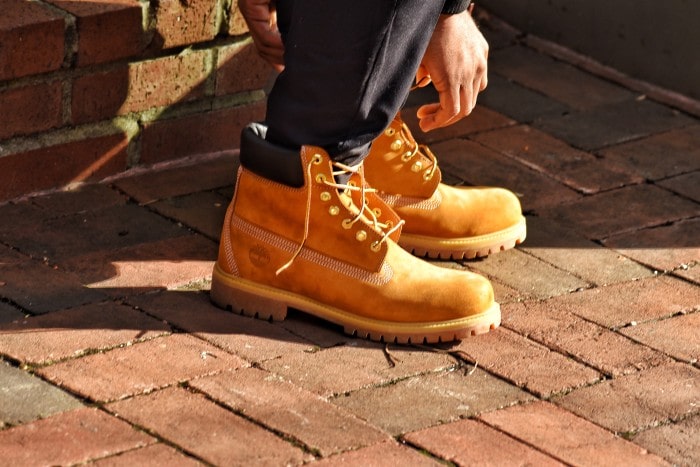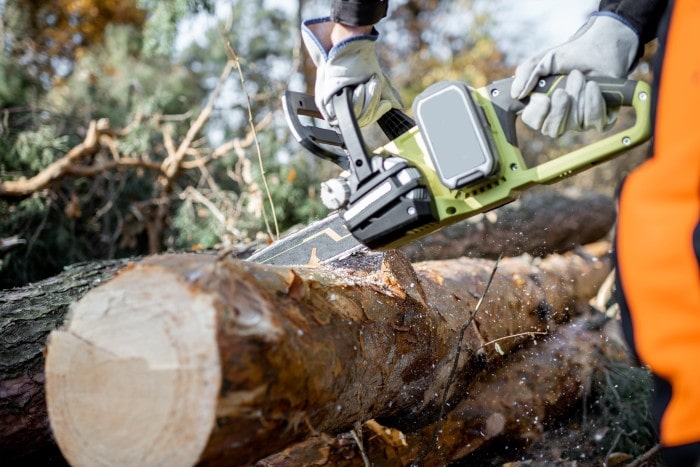
Challenging jobs require tough and comfortable work boots to maximize productivity. Although it may be tempting to go for the cheapest boots available, doing this can not only prevent you from doing your best but also injure your feet. That’s why it’s crucial to choose a pair of quality work boots.
Work boots typically come with two sole types – wedge sole and heel sole. Both boot types are made to protect and keep you comfortable during work hours, and both have their advantages and disadvantages.
You may think the sole of the boot doesn’t matter much when buying a new pair of work boots, but choosing the right type makes all the difference. To discover which work boot sole type will suit you better, keep on reading.
What Is a Wedge Sole Work Boot?
As the name implies, wedge sole work boots have soles that resemble a wedge – the toe area is wide and the heel area is thick. If you spend a lot of time on hard, flat surfaces or sit or stand long in one place, like drivers, electricians, farmers, and carpenters, you can benefit from wearing quality wedge sole work boots, like those from Overlook Boots.
What Is a Heel Work Boot?
Heel work boots are some of the most popular safety boots on the market for a good reason. They have defined heels, deep lugs, and treads. The only areas that touch the surface are the front sole and heel since there’s a gap in between.
Anyone who works outdoors on rough, uneven surfaces or moves and climbs a lot like loggers, firefighters, and linemen can benefit from wearing heel sole work boots.

Wedge Sole vs. Heel Work Boots: How Do They Compare?
Both boot types offer high levels of protection and various safety features, like waterproofing, slip resistance, and safety toes. However, the design of their soles makes all the difference when it comes to choosing the right boot for your specific needs. Here’s a quick comparison of their advantages and disadvantages to help you pick the right pair for your job.
Wedge Sole Work Boots: Advantages
Wedge sole work boots offer many benefits to the wearer, such as increased comfort and stability. Keep on reading to discover the details.
- Comfort: Wedge sole work boots offer unparalleled comfort due to their unique design. Since the whole sole touches the surface, the impact pressure is distributed with each step. Because there are no pressure points, the pain you may feel in your legs, glutes, and back can reduce drastically. Moreover, wedge sole work boots are typically lightweight, improving your mobility.
- Stability: Wedge sole boots offer full contact with the ground, offering more stability than their heel sole counterparts. With these boots, you’re unlikely to trip and fall as there’s no heel that can snag while you walk.
- Cleanliness: Wedge sole work boots don’t have deep lugs and threads that can catch the dirt, making them a great choice for anyone who wants to avoid mess.
Wedge Sole Work Boots: Disadvantages
Although wedge sole boots offer many benefits, they also come with some disadvantages, like:
- Less traction: The lack of threads and lugs on this type of sole sacrifices traction. While wedge boots do wonders on flat surfaces, they aren’t the best choice for more challenging grounds and wet environments.
- Wear and tear: Compared to heel work boots, wedge boots don’t offer as much durability. Their soles wear out more quickly, meaning you will likely have to replace them sooner than traditional heel work boots.
Heel Work Boots: Advantages
Like wedge sole boots, heel work boots also come with a set of advantages. Let’s see what they offer.
- Traction: Heel work boots offer exceptional traction due to their thick heels and lugs that are made to give you traction on various terrains. Moreover, they are an excellent choice if you spend a lot of time walking on inclines. Since treads provide you with a stronger grip, they allow you to move forward more easily. They are a valuable ally to anyone who walks up and down the ladders because the heel helps lock your feet.
- Durability: Heel boots are also more durable than their wedge counterparts due to the thick rubber their soles are made of. Although heel work boots won’t last forever, they will last much longer than wedge work boots.
- Versatility: Heel work boots are more versatile as they work well in nearly every industry.
Heel Work Boots: Disadvantages
Heel work boots also come with certain disadvantages, including:
- Weight: Compared to wedge sole work boots, heel boots are heavier and bulkier due to their thick sole. This can be a significant downside if you need to move a lot during your shift. Although you may not feel the added weight while you wear them, you may feel discomfort once your shift is over.
- Pressure points: The heel sole design features two pressure points – the ball and the heel of your foot. This is where you’ll feel added pressure. Although specific comfort properties can reduce the shock, they will unlikely prevent it. For this reason, many people feel discomfort in their glutes and calves after work.
Which Boot Type Will Suit You Better?

The boot you choose will depend on your work and the terrain you walk on. Both styles are exceptional for work purposes as they come with various safety features.
However, wedge sole work boots are a better option if you have to stay on your feet for a long time. Ironworkers were the first ones that wore these boots due to the flat soles as these offered more stability on iron bars. Anyone who works with concrete can also benefit from wearing wedge sole work boots because their flat soles are easier to clean.
On the other hand, heel work boots are an excellent choice for loggers, construction workers, and linemen, to name a few. Due to their design, they offer more versatility in terms of environments, meaning they can suit many professions. However, they are most valuable to individuals who work on uneven terrain because deep lugs and treads offer unparalleled traction.

